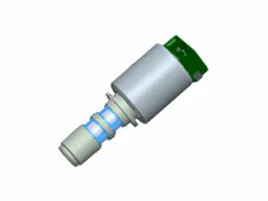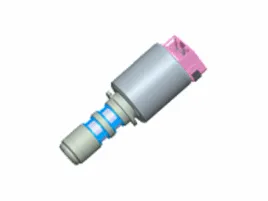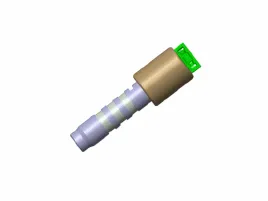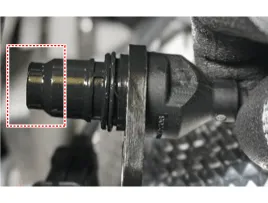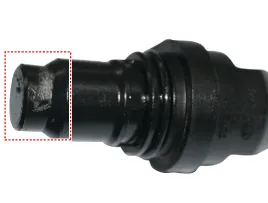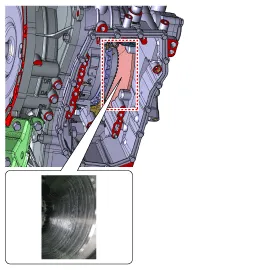Hyundai Accent: Hydraulic System / Valve Body
| Driven Pulley Control Valve (Secondary_VFS) / Drive Pulley Control Valve (Primary_VFS) / Line Pressure Control Valve (Line_VFS) |
|
| Item | Specification |
| Control type | N/H (Normally High) |
| Control pressure kpa (kgf/㎠, psi) | 0 - 956.14 ± 14.71 (0 - 9.75 ± 0.15, 0 - 138.68 ± 2.13) |
| Current (mA) | 0 - 1.100 |
| Coil resistance (Ω) | 5.3 ± 0.3 |
| Damper Clutch Control Solenoid Valve (Damper/C_VFS) |
|
| Item | Specification |
| Control type | N/L (Normally Low) |
| Control pressure kpa (kgf/㎠, psi) | 0 - 956.14 ± 14.71 (0 - 9.75 ± 0.15, 0 - 138.68 ± 2.13) |
| Current (mA) | 0 - 1.100 |
| Coil resistance (Ω) | 5.3 ± 0.3 |
|
| Item | Specification |
| Control type | N/H (Normally High) |
| Control pressure kpa (kgf/㎠, psi) | 0 - 1569.06 (0 - 16.00, 0 - 227.57) |
| Current (mA) | 0 - 1.100 |
| Coil resistance (Ω) | 5.3 ± 0.3 |
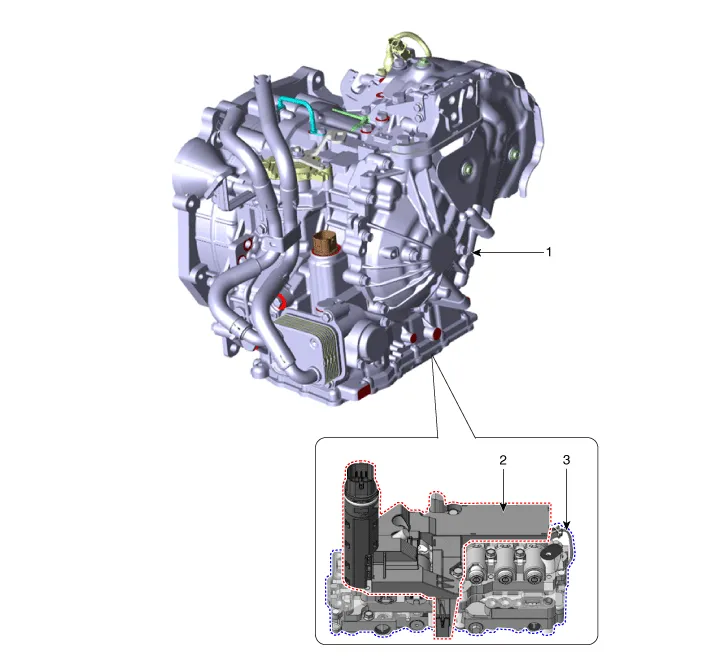
1. Intelligent Variable Transmission (IVT)
2. E-module
3. Valve body
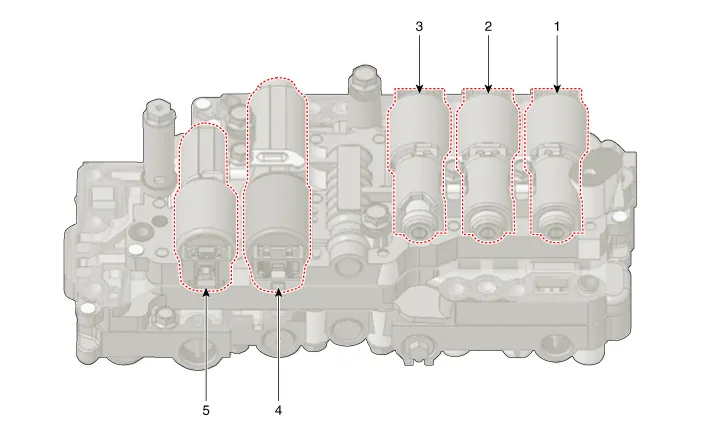
1. Drive pulley control valve (Primary_VFS)
2. Driven pulley control valve (Secondary_VFS)
3. Damper clutch control solenoid valve (Damper/C_VFS)
4. Drive/reverse clutch control solenoid valve (Clutch/Brake_VFS)
5. Line pressure control valve (Line_VFS)
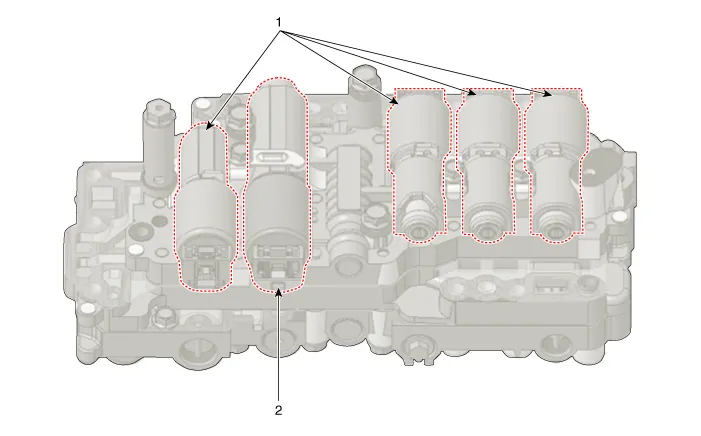
1. Indirect control solenoid
2. Direct control solenoid
Inspection Flow
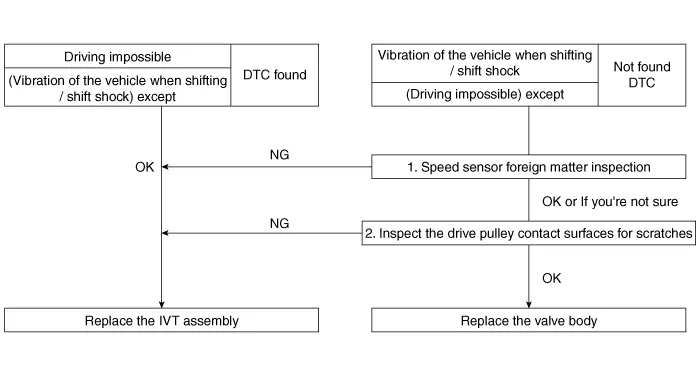
1.Disconnect the battery (-) terminal.
2.Remove the driven pulley speed sensor.(Refer to Intelligent Variable Transmission (IVT) System (Continuously Variable Transmission) - "Driven Pulley Speed Sensor")
3.Visually inspect the drive pulley speed sensor.

• If there are no iron on the driven pully speed sensor, replace the valve body. [OK apply]
• If there is more than 2/3 iron in the driven pully speed sensor, replace the IVT assembly. [NG apply]
| OK | NG |
|
|
1.Disconnect the battery (-) terminal.
2.Remove the valve body.(Refer to Intelligent Variable Transmission (IVT) System (Continuously Variable Transmission) - "Valve Body")
3.Inspect the drive pulley contact surfaces for scratches.

• Replace the valve body if there are no scratches on the driven pully surface. [OK apply]
• Replace the IVT assembly if there are scratches on the driven pully surface. [NG apply]
| OK | NG |
|
|

• Maintain clean condition so that foreign substance does not get into the Intelligent Variable Transmission (IVT).
• Use a coated apron, latex gloves, and stainless tray to prevent foreign substance.
• Intelligent Variable Transmission (IVT) is composed of delicate components. Be careful not to cause any damage on the component when assembling and disassembling.
1.Remove the air cleaner assembly.(Refer to Engine Mechanical System - "Air Cleaner")
2.Disconnect the main connector (A).
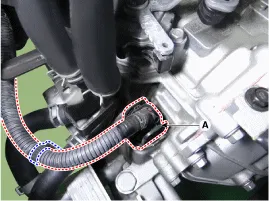

• After detaching the main connector, wrap a plastic bag around the connector (A) to prevent coolant from getting into it.
• If coolant gets into the connector, corrosion may occur inside the connector (A), thus causing an open/short circuit. In this case, trouble codes and shift failure may also occur.
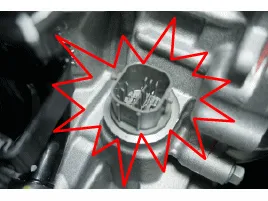
3.Remove the under cover.(Refer to Engine Mechanical System - "Engine Room Under Cover")
4.Remove the IVTF drain plug (A), reinstall the drain plug after allowing the fluid to drain out.
Tightening torque:34.3 - 44.1 N.m (3.5 - 4.5 kgf.m, 25.3 - 32.5 lb-ft)
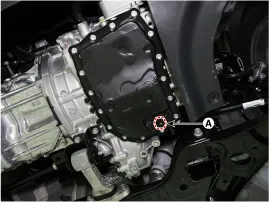

• Do not reuse Intelligent Variable Transmission Fluid(IVTF)
• The existing IVTF drain plug gasket must be replaced with a new one (do not reuse).
5.Remove the valve body cover (A) after removing the bolts.
Tightening torque:9.8 - 11.8 N.m (1.0 - 1.2 kgf.m, 7.2 - 8.7 lb-ft)
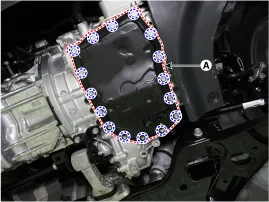

• Be careful when removing the valve body cover because the remaining IVTF remains in the valve body cover.
6.Remove the valve body gasket (A).
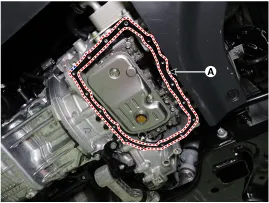
7.Remove the IVTF filter (A) after removing the bolts.
Tightening torque :9.8 - 11.8 N.m (1.0 - 1.2 kgf.m, 7.2 - 8.7 lb-ft)
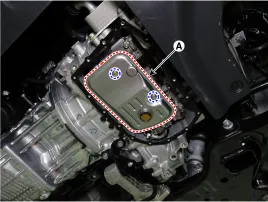
8.Disconnect the driven pulley pressure sensor connector (A).
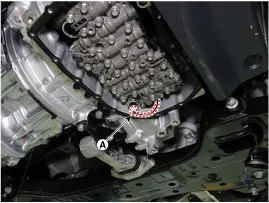
9.Remove the IVT valve body (A) after removing the bolts.
Tightening torque :9.8 - 11.8 N.m (1.0 - 1.2 kgf.m, 7.2 - 8.7 lb-ft)
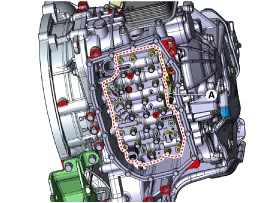
1.To install, reverse the removal procedures.

• Before installing the valve body, check the O-ring (A) is installed.
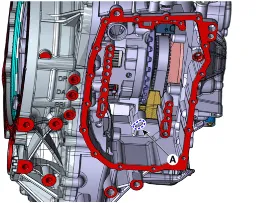
(1)Clear the diagnostic trouble codes (DTC) using the diagnostic tool. Disconnecting the battery negative terminal will not clear the DTCs. Clear DTCs using the diagnostic tool at all times.

• Even though disconnecting the battery negative terminal, the DTCs will not be cleared. So, be sure to clear the DTCs using the diagnostic tool.
(2)Reset the intelligent variable transmission adaptive values using the diagnostic tool.
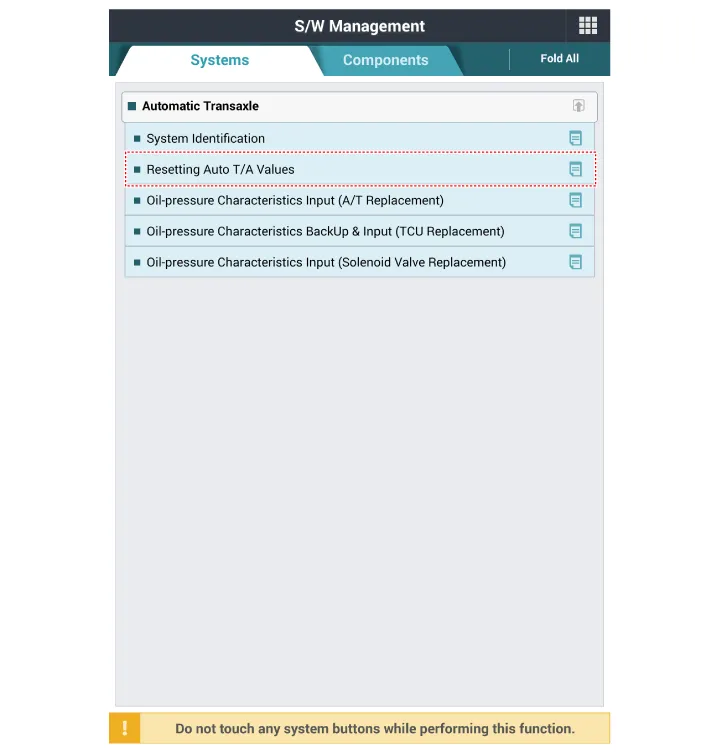
(3)Perform the hydraulic characteristics input procedure using the diagnostic tool.
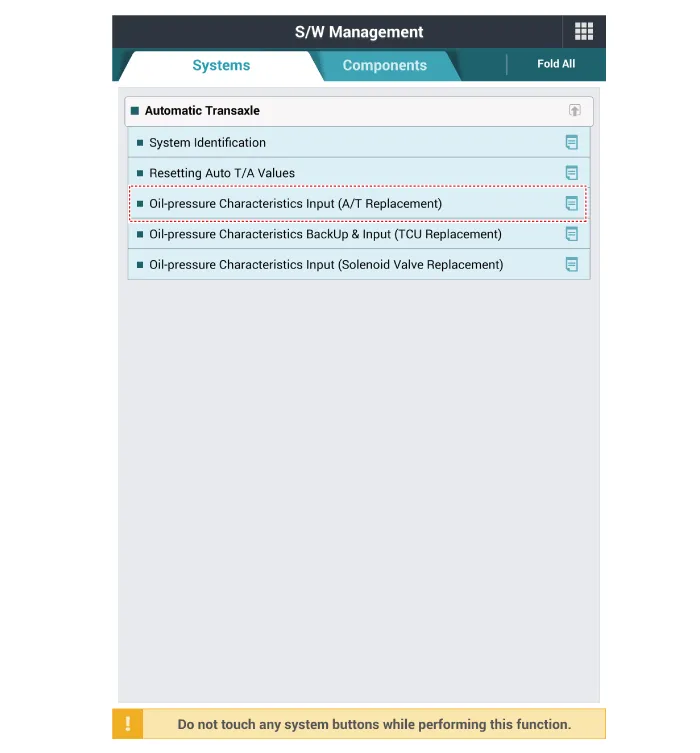
Other information:
Hyundai Accent (HC) (2017 - 2022) Service Manual: Auto Defoging Actuator
- Components Location 1. Auto logging actuator - Description The auto defogging sensor is installed on front window glass. The sensor judges and sends signal if moisture occurs to blow out wind for defogging. The air conditioner control module receives a signal from the sensor and restrains moisture and eliminates defog by the intake actuator, A/C, auto defogging actuator, blower motor rpm and mode actuator. - Replacement and Air Bleeding • Never remove the radiator cap when the engine is hot. Serious scalding could be caused by hot fluid under high pressure escaping from the radiator. • When pouring engine coolant, be sure to shut the relay box lid and not to let coolant spill on the electrical parts or the paint.
Categories
- Manuals Home
- Hyundai Accent Owners Manual
- Hyundai Accent Service Manual
- New on site
- Most important about car

